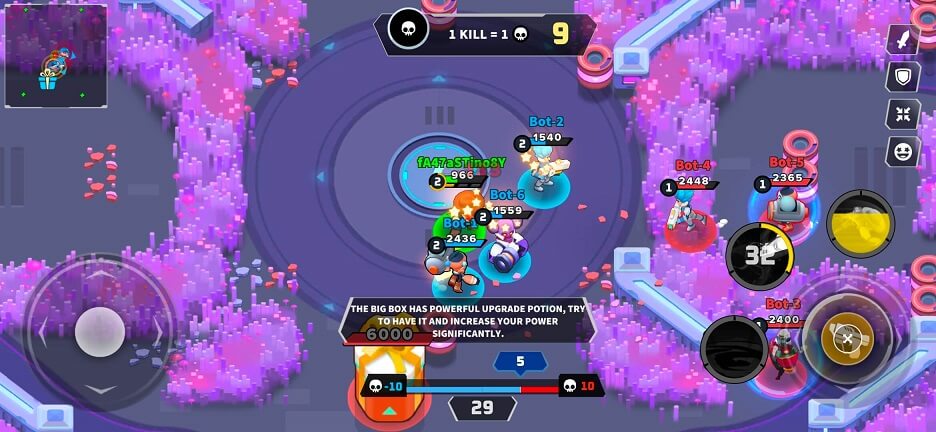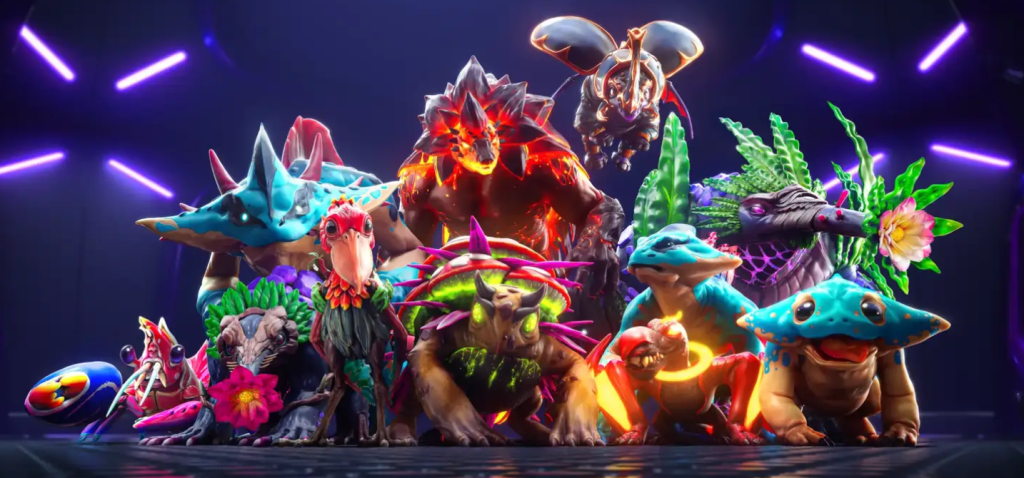GameFi Asia is a hybrid 4-day event held in Singapore. The event connects builders, enthusiasts, guilds, investors & KOLs in one phy-gital space. Many influential leaders will be speaking at the event from Alex Svanevik, CEO of Nansen, to Gabby Dizon, Co-Founder of YGG.

Santiago Roel Santos was invited to share on the topic: what to look out for in the net big GameFi project. He is a partner in ParaFi Capital, one of the leading crypto-native investment firms, and also the owner of Cryptopunks #9159.
Without a doubt, GameFi has been a critical driving force of crypto adoption. In 2021, nearly 50% of the active cryptocurrencies wallet were interacting with blockchain games daily. Santiago believes that GameFi will onboard the next billion users but some things have to change.
Play & Earn, Not Play To Earn

Play-to-earn was definitely the biggest trend of 2021. However, the play-to-earn model is clearly unsustainable. Instead of play-to-earn, Santiago proposes a play-and-earn model.
While it is encouraging that players can play games and earn a living it misses the point that games should be fun.
Issues With Web3 Gaming

While there are several well-built immersive games in Web 3.0, they pale in comparison to Web 2.0 games. There are not as fun in general and the added benefits of Web 3.0 are not a good enough incentive for them to leave the Web 2.0 space.
Spenders are a big component of traditional Web 2.0 games. The current Web 3.0 games are not attracting them in the same way. This affects the in-game economy as gamers are all cashing out and not spending in the game. Therefore, they become unsustainable in the long run.
In general, Web 3.0 games also priorities financialization over game experience. They emphasize on token launches, creating NFTs and building community rather than the game experience. The gaming experience is the core of the game and is therefore the deciding factor if the game makes or breaks.
Checklist for successful Web 3 games

The baseline of Web 3.0 games is that they should be fun to play. A lot of the current Web 2.0 games developed a loyal fan base because of that very aspects. To compete with those games, Web 3.0 games have to be as, if not more, enjoyable.
The current play-to-earn landscape lacks sustainability. A successful game has to have a sustainable economy where users would spend within the game and not immediately dump earned tokens. This is something most play-to-earn games struggle with.
Another aspect that the current play-to-earn games struggle with is the onboarding process. Onboarding would be much easier if the games can integrate with DeFi and other protocols. It would already ahve everything all in one so players can easily access other functions from one application.
Looking ahead
One of the key aspects of Web 3.0 is digital ownership. Digital ownership in GameFi is key as it allows non-crypto natives to relate on what it means to own part of the community. Builders should continue to tap on this critical point and explore what it can offer.
“Digital ownership has captured the imagination of creatives and gamers – that’s not going away in this bear market”
The second key point to a successful GameFi project is to build for the mass and not for the crypto native. Builders have to build a game that looks and feels like Web 2.0 game, but with all the added benefits of Web 3.0.
Builders should not rush to release tokens as a great game take years to build. Builders should also find the right partner that is patient and would provide resources for this multi-year journey.
Santiago closes his sharing with “I say this again and I will keep saying. If your game is not fun, stop. Go back to the drawing board and make sure your game is fun.”
Also Read: Is GameFi Dead? What It Takes To Unlock The Next Wave Of Adoption
Editor’s Note: This article does not represent financial advice. Please do your research before investing.]
Featured Image Credit: Token 2049



































